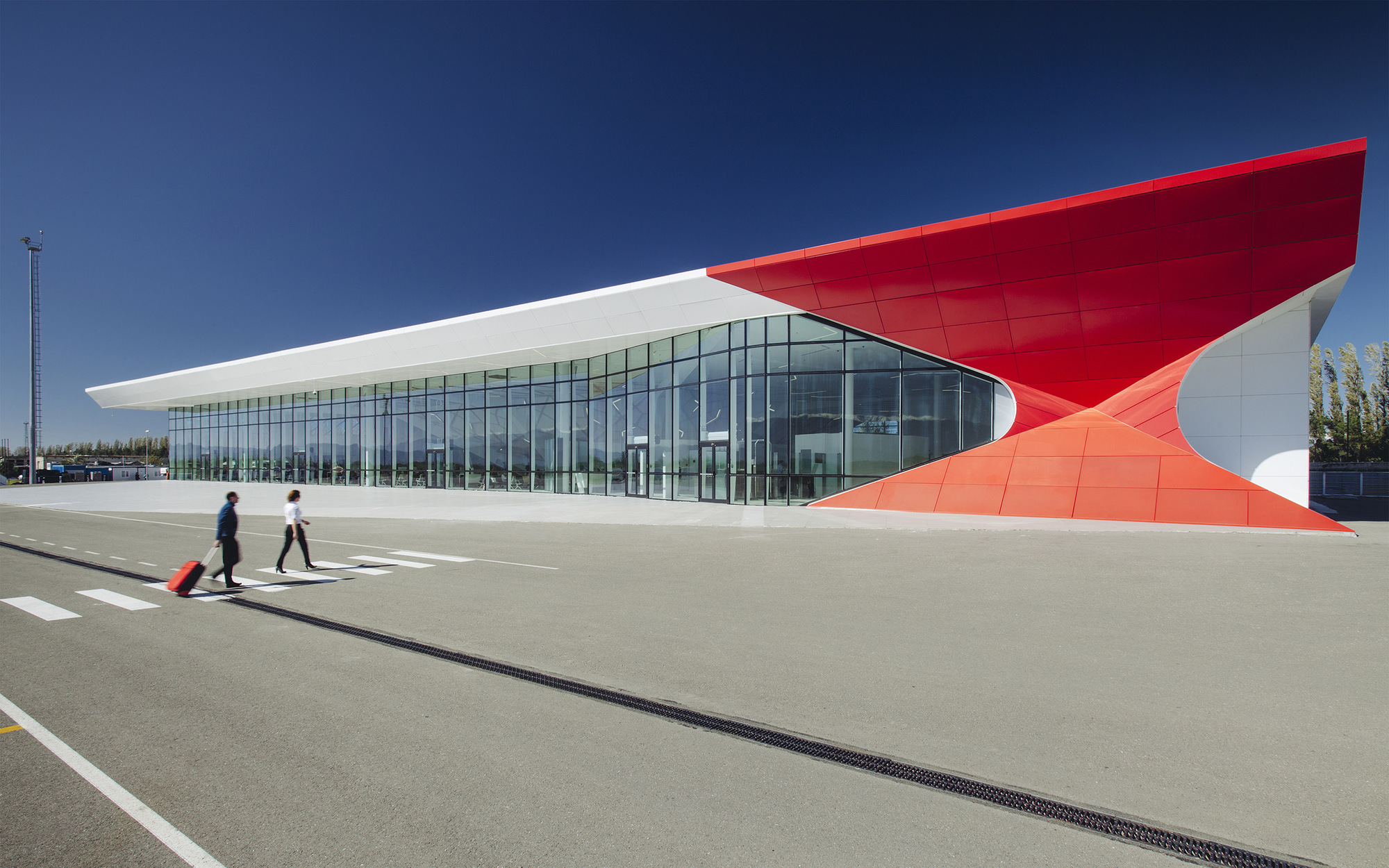Airports of the future should be much more than transit hubs, but should rather function as destinations of their own within cities, said panelists in the opening webinar of our two-part series on mobility.
There is no one-size-fits-all approach to designing airports, but to make them more resilient to future shocks, they should be designed as destinations in their own right, panelists explained in a UNStudio-hosted webinar on Tuesday.
The virtual event, which focused on the future of airports and long-distance transport, was the first in our two-part series titled ‘Mobility Hubs and Future Cities’. The second event will take place on November 24 and focus on cable cars, rail stations and transport within and between cities (register via the link above).


‘Time to Be Bold’ | UNStudio Webinar Explores Future of Airports
UNStudio Mobility Webinar | Airports and the Future of Long-Distance Transport from UNStudio on Vimeo.
The panelists in Tuesday’s event agreed that airports and other major transport hubs present opportunities for cities that go far beyond being points of transit.
“What it means to plan a hub for a city is to create not just a door, but actually to fashion a gateway,” said panelist Eli Konvitz, Director of Planning and Urban Design at Atkins. “We can develop hubs not just as infrastructure that people move through, [but as destinations that] extend the city into the hub, both in culture and design.”
UNStudio Partner and Senior Architect Astrid Piber stressed the idea that major transport hubs could even become one of the centres of a city in the future.
“I think we’re starting to see that with changes in technology and innovations in the field of mobility, you can create - with either air or land travel - a sort of polycentric model,” she said. “At the moment we are planning airport hubs as cities of their own, but outside of the periphery in most [metropolises]. But what if they became one of the centres of a city?”
Karl Lyndon, Partner and Global Aviation Sector Director for Buro Happold, stressed the importance of ‘right-sizing’ when planning airports.
We need to really consider “how big is too big and what type of hub does a city really need?”
For Hannah Jeong, Head of Valuation & Advisory Services for Colliers International Hong Kong, “‘airport cities’ aren’t just serving travellers” and in the future will diversify their offering even further.
“Campuses for MBA students, and also even hospitals, could be located within airport hubs,” she said.
The importance and impact of technology on our future travel experiences was also a central topic.
“With technology, you can help to develop and maintain airports and to guide those using them. But we should also use technology so people can experience certain spaces in new ways and be linked to culture in transport hubs,” said Piber.
“New technology is going to change pretty much everything [in hub design],” explained Lyndon, citing touchless interfaces as a key example. For this reason, architects and designers “need to be bold now when it comes to masterplans.”
Although it’s not yet clear how travel will look post-corona, the essence of airports and other long-distance transport hubs shouldn’t be forgotten when reimagining their future.
“Travel is something that is enlightening and which brings people together, and we should be celebrating travel and movement. So, let’s do that in the way in which we design our hubs - make them meeting and gathering places that connect people from different backgrounds,” said Konvitz.
You can find out more about our recent transport infrastructure projects here.